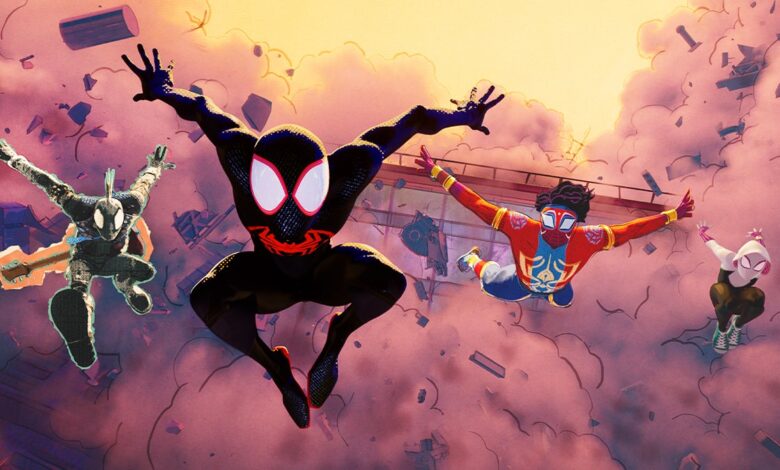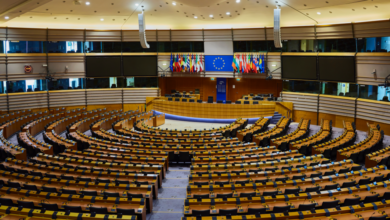Beyond the Spider-Verse’s Chris Miller Shuts Down Generative AI Rumors

Chris Miller, cowriter and producer of the animated Spider-Man “Spider-Verse” trilogy, shut down rumors that his team used generative artificial intelligence as part of the production of the next installment of the series, “Spider-Man: Beyond the Spider-Verse.”
“There is no generative AI in ‘Beyond the Spider-Verse’ and there never will be. One of the main goals of the films is to create new visual styles that have never been seen in a studio CG film, not steal the generic plagiarized average of other artists’ work,” Miller posted on social media in a shot at what’s commonly being referred to as “AI.”
The social media rumors surrounding GAI come as backlash against the nascent technology has risen among both Hollywood workers and in pop culture. That’s become particularly true following the WGA and SAG-AFTRA strikes last year, where writers and actors spoke out against algorithms potentially replacing their artistry.
But generative AI, which creates words and images with minimal human input based on human-created works used to train software, is only one form of the technology. Other machine-learning tools have been adapted by Hollywood animation productions as a method to assist animators, not render them obsolete.
Such machine-learning technology has been used in 2018’s “Spider-Man: Into the Spider-Verse” and its 2023 sequel, “Spider-Man: Across the Spider-Verse,” which sought to replicate the hand-drawn style of comic books in a CGI animated film while exploring new ways to express that style through color and design. This included replicating ink lines on characters, which is a key part of comic book line art.
But having to add those ink lines to every single frame of the movie and adjusting them to fit characters as they moved would have been excruciatingly slow and tedious for animators to do on their own, so Sony Pictures Imageworks developed a machine-learning program that would adjust the ink lines from frame to frame and move with the characters. This allowed the animators to focus on the expressions, movements and other key aspects of the lead Spider-Man Miles Morales and other “Spider-Verse” characters without having to spend hours fine-tuning those details.
This machine-learning technology, designed to free animators from a menial task that would have added weeks if not months of work to the animation process, isn’t the same as generative AI. It’s still based around the work done by animators on the project it’s being used for, with their supervision. That’s as opposed to generative AI, which can pull images, video and words from media outside of the project being worked on and create something without substantial direct human input.
The future of machine learning, GAI and other new forms of technology is expected to be a major part of contract negotiations between Hollywood studios and The Animation Guild, which has recently established a task force to hear input from its members about how artificial intelligence is used on projects they have worked on or been pitched.
This will help the union craft its proposals on how to regulate AI use in Hollywood animation. The Animation Guild’s negotiating committee is still in the process of creating a formal pattern of demands and is expected to begin contract negotiations sometime in August.
“Spider-Man: Beyond the Spider-Verse” is currently in production, but does not have a release date set. It was previously scheduled for release in March 2024, but was taken off of Sony’s schedule last year during the Hollywood writers’ and actors’ strikes.



